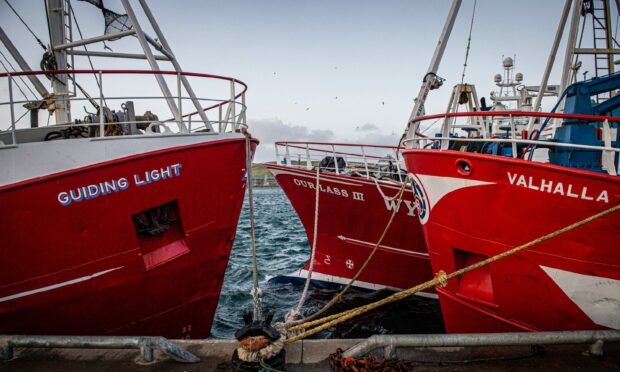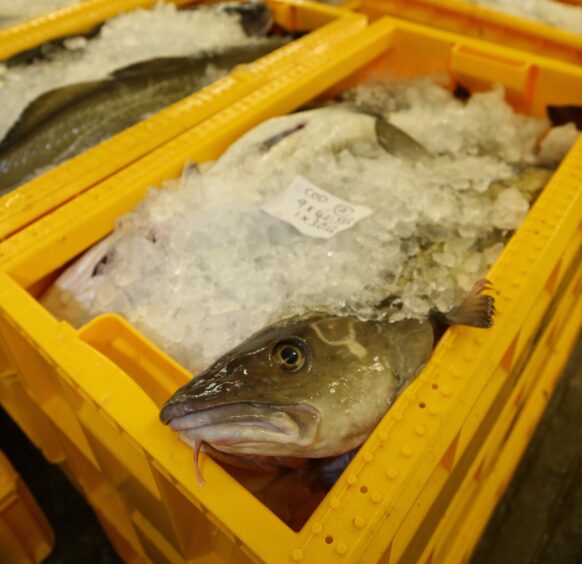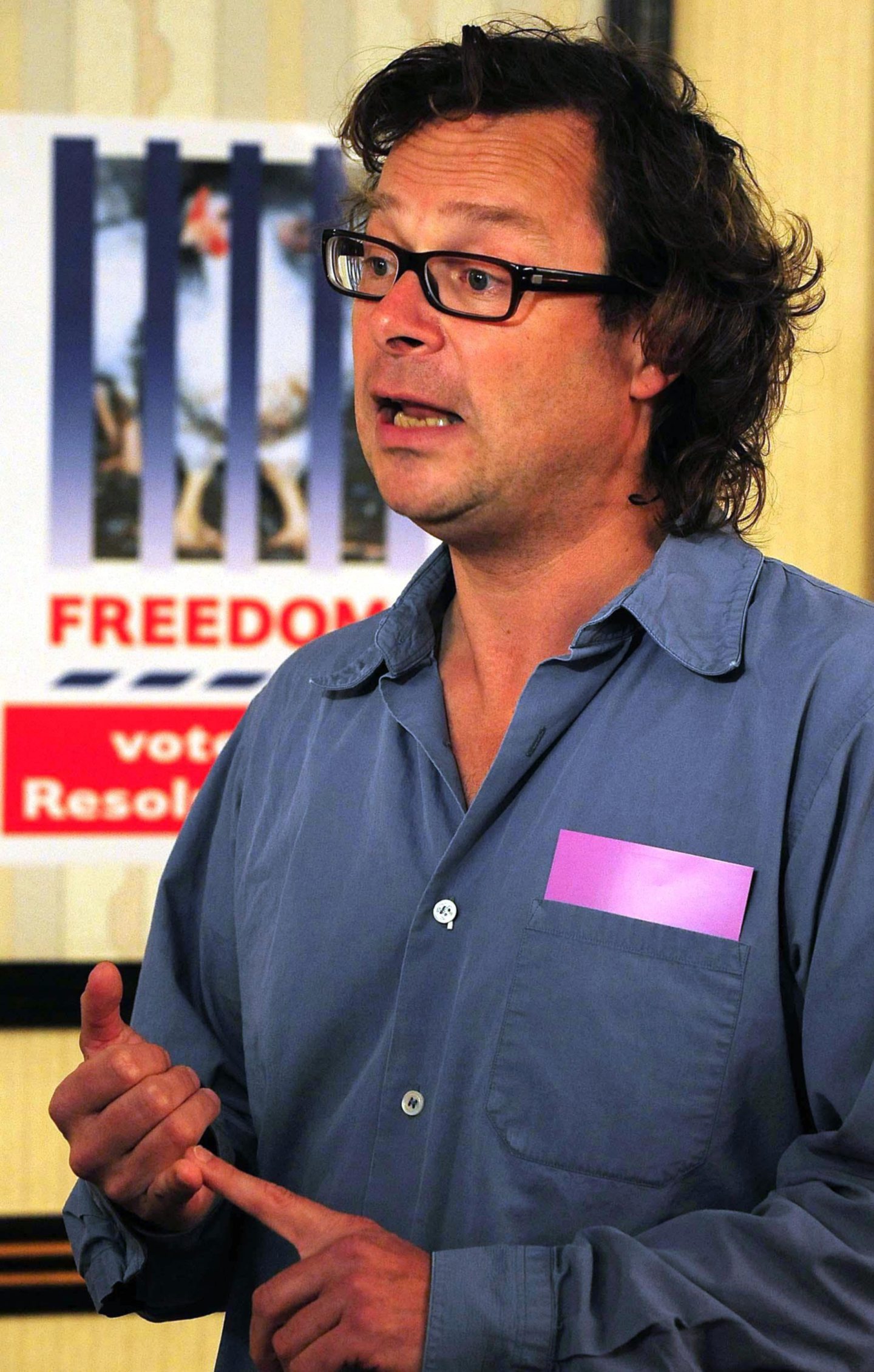Fishers in Shetland have produced new figures they say will “help debunk myths and misleading claims” about the industry.
The catch sector has for years been cast in a villain’s role by influential environmental pressure groups around the world. Well-funded campaigns have sought to persuade consumers to steer clear of some of Scotland’s most commercially valuable species of fish and other seafood.
But now the industry is fighting back and Shetland Fishermen’s Association (SFA) has published a paper challenging claims there is a “biodiversity” crisis in Scottish waters.
‘Significant increases in fish’
In the latest of its Fishy Falsehoods series, SFA says there is “clear evidence” marine species are continuing to thrive in the seas around Scotland.
The study acknowledges there has been a decline in the abundance of seabirds.
But it also points out that much less attention has been paid to “significant increases in fish” and invertebrate populations – as highlighted by NatureScot, the Scottish Government’s nature agency.
Biodiversity loss is a serious global problem but there is no evidence of it having actually taken place in Scotland’s seas.”
SFA executive officer Daniel Lawson said: “The Scottish public are being led by environmental lobbyists into assuming there is a marine biodiversity crisis – without actually being shown any evidence.
“Biodiversity loss is a serious global problem but there is no evidence of it having actually taken place in Scotland’s seas. In fact, there is some good evidence to the contrary – with huge increases in many marine species, according to published Scottish Government data.”
Mr Lawson added: “This assumed crisis in Scottish waters is increasingly used to justify fishing policies. However, policy should be based on evidence and not assumptions.
“Fishermen in Shetland encourage our policymakers to read our Fishy Falsehood papers, analyse the Scottish Government’s own statistics on marine species populations, and take into account the continuing growth in fish stocks as revealed by recent scientific advice.”
According to the SFA, the available evidence shows suggests biodiversity loss is mostly occurring “in the tropics and outside Europe”.
Findings in the association’s new report include:
- Over the past 20 years the average abundance in Scottish waters of 147 species of bony fish – common fish including haddock, cod and similar species – has increased by 94%
- Six species of crabs, lobster and scallops have increased in number by 99%, meaning a near-doubling of stocks
- The average abundance of 37 species of sharks, skates and rays has increased by 301%, compared with global decline of 71%
- The average abundance of 11 species of cephalophods – squid and octopuses – has increased by 398%
- Similarly, the spawning stock biomass (SSB) of six commercial fish stocks more than tripled between 1999 and 2022. SSB is the total weight of fish that are old enough to spawn
- Meanwhile, the average fishing mortality rate – a measure of fishing pressure on stocks – decreased dramatically, to less than a quarter of what it was in the late 1980s
Overfished or not?
Statistics on the state of Scotland’s commercial fish stocks can be found at shetland.uhi.ac.uk
According to pressure group Oceana, half of the UK’s key fish populations are “overfished or in a critical state”.
Many cod populations are in crisis, pushing this “iconic British fish” towards collapse, it claims.
In his forward to Oceana’s new Taking Stock report, chef Hugh Fearnley-Whittingstall, who previously led a high-profile campaign to stop fish discards at sea, says: “Overfished stocks have one thing in common: they are on course for collapse.
“If that is allowed to happen, the human livelihoods will go with them just as fast as the marine ecosystems they support. Our government needs to step up today to prevent the UK from losing its fish and starving its seas.”
Scottish Government response
Rural Affairs Cabinet Secretary Mairi Gougeon said: “We must recognise the scale of the challenge that faces Scotland’s seas.
“While we welcome progress such as on commercial fish stocks being fished more sustainably in recent years, it is no exaggeration to say that we are in a biodiversity crisis.
“The evidence is clear, and it is beholden on everyone who cares about our marine environment, which is vital to supporting sustainable fishing, to accept we must take action commensurate with the scale of that challenge.”




Conversation